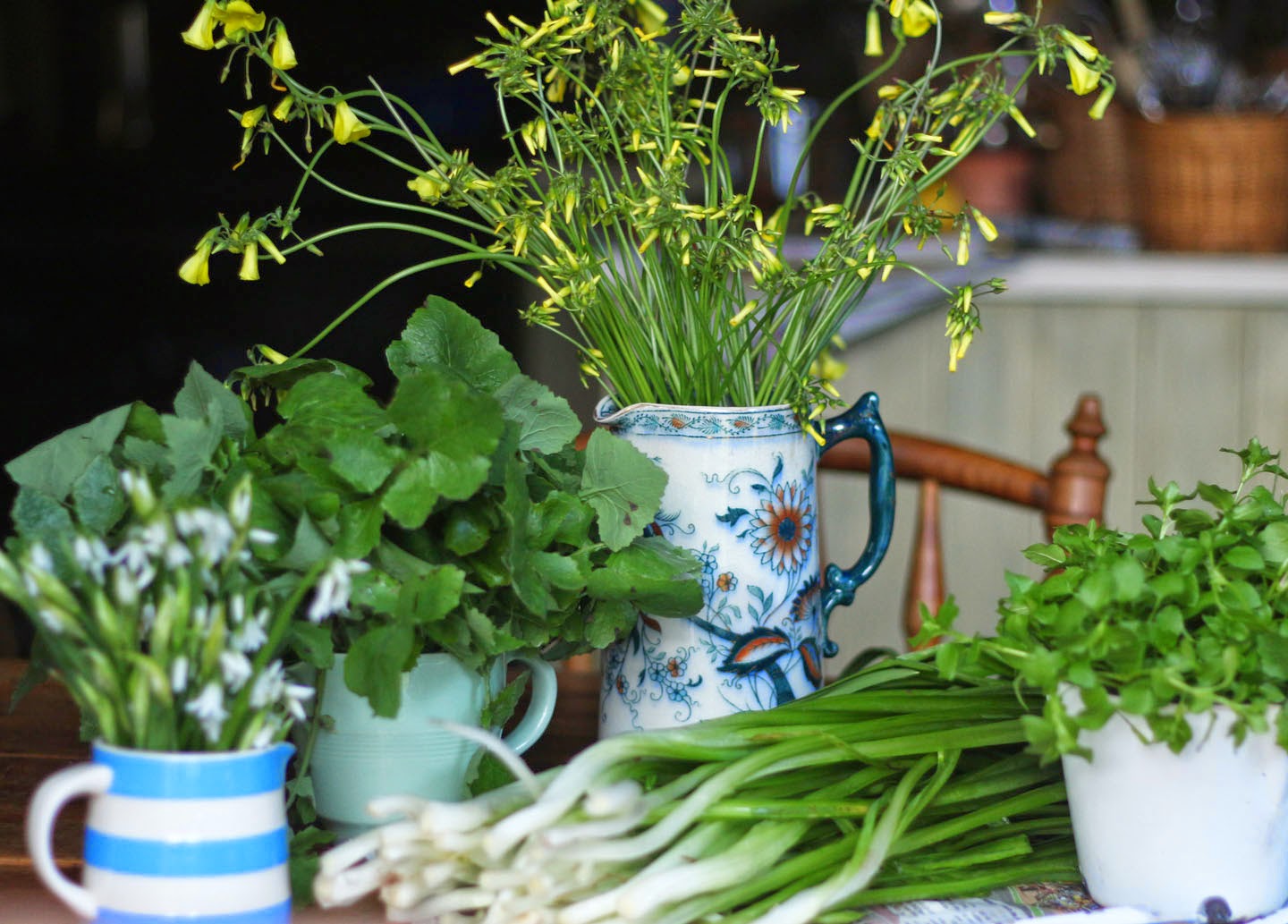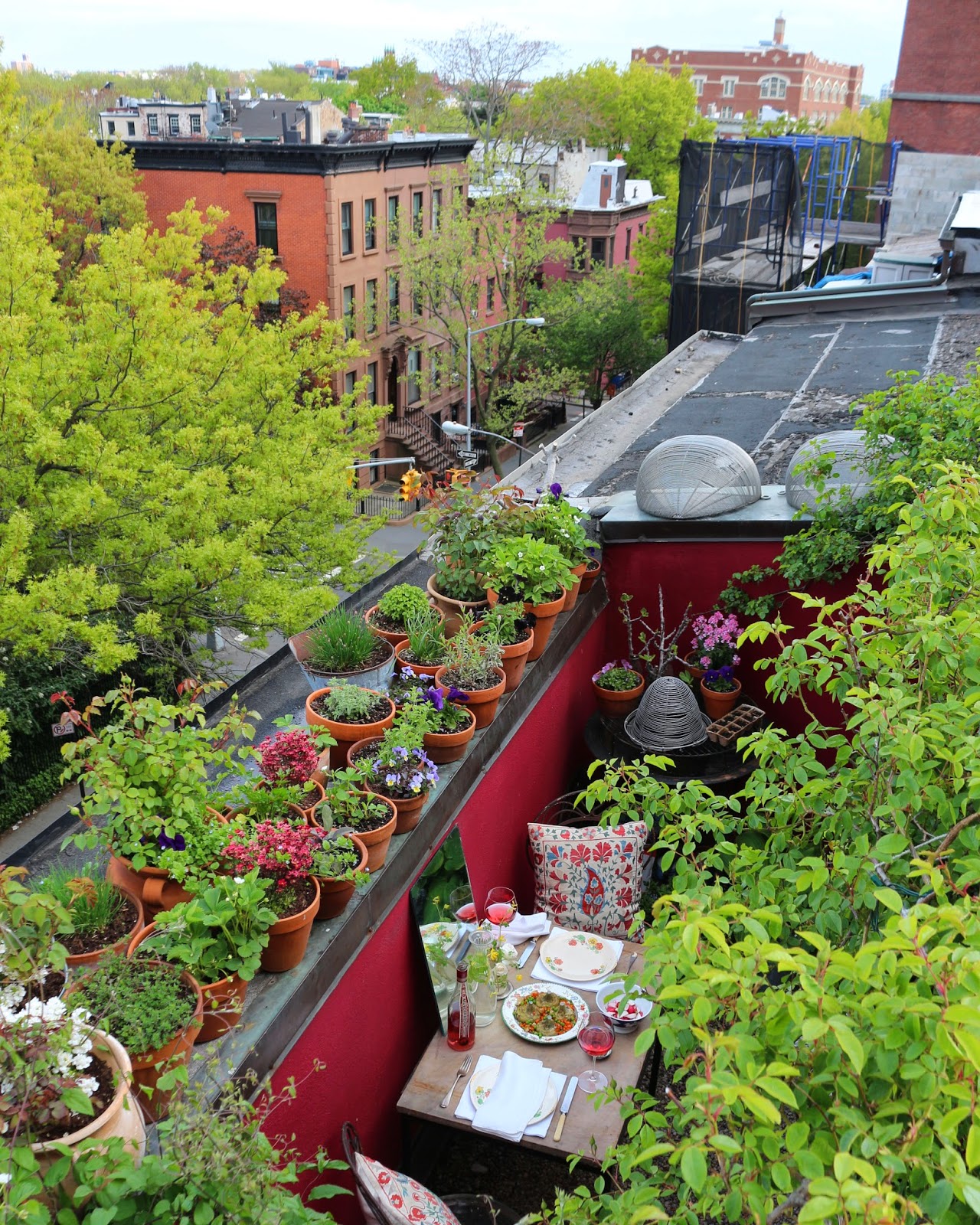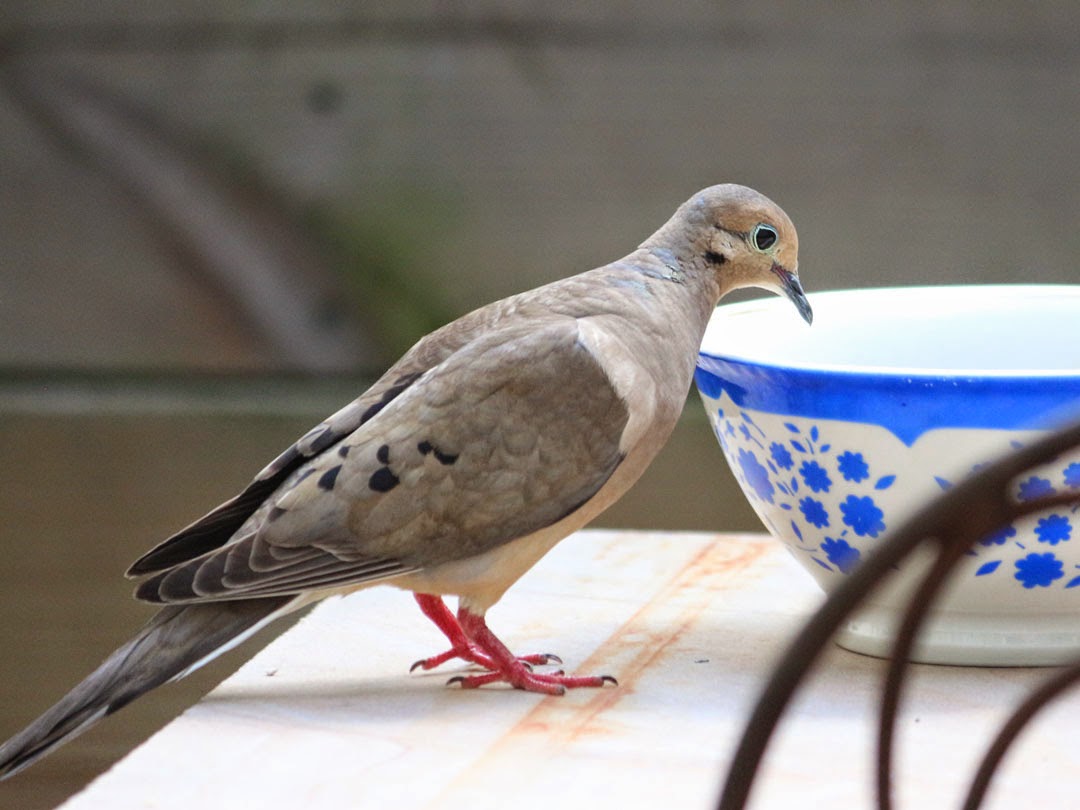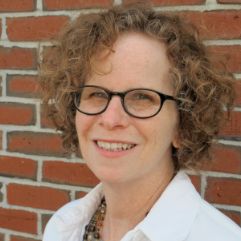TW Column by Judith A. Ross
Walking and Talking with Urban Forager Marie Viljoen

For me, home begins with a memory of dinner at my grandparents’ house. On a long-ago day, I sat with my parents, two older brothers, and grandmother around a large mahogany table set with china and silver. My grandfather—resident cook, artist, and gardener—presided at the head, carving up the roast beef he’d prepared. His oil painting of pansies (now in my bedroom) hung on the wall behind him. At that moment, we lived in a bubble of contentment—and the roast beef was delicious.
The art of making a home has been on my mind a lot lately. Now that both sons are independent and we’re no longer tied to full-time jobs or a suburban existence, my husband and I are free to try something new. At the top of my fantasy list is moving to a city that has museums, cafes, public transportation, and easy access to nature. I imagine a spare dwelling with clean lines within a hive of lively activity.
In 66 Square Feet, Marie Viljoen brings my city-dweller fantasy to life. Her 2013 book’s twelve chapters span a year on Viljoen’s 66-square-foot terrace in Brooklyn, where she grew roses, lilies, herbs, vegetables, and other edibles.
The book mixes luscious photographs from the terrace with prose—Viljoen describes a salsa verde as “singing with parsley and cilantro”—recipes, and scenic vistas of New York City. Based on the blog she’s produced since 2007 of the same name, 66 Square Feet is one of my favorite coffee-table books of the past couple of years. It reinforces my belief that creating a space where people feel safe and cosseted is truly an art.
I first met Viljoen in October 2013, when I joined one of her foraging walks. For about $30 a person, she guides groups of up to fifteen through a variety of wooded environments in the New York City area. On our walk, we spotted ruffled hen-of-the-woods mushrooms on a fallen tree in Brooklyn’s Prospect Park.
Wearing an olive-green field jacket, her extra-long legs decked in knee-high leather boots, Viljoen pointed out edible plants like smartweed, goutweed, and commelina that also run rampant in my own weedy yard and garden in Massachusetts. That Viljoen is a former opera singer was evident in the rise and fall of her confident voice. Her shoulder-length auburn hair reminded me of a 1960s Breck Shampoo commercial.
 Her passion for gardens and food is rooted in her South African childhood. Now in her mid-forties, Viljoen was born in Bloemfontein, located in the Free State province in the center of the country (and part of the Mangaung municipality since 2000). Her mother, an avid gardener, gave young Marie a strip of land where she sowed her first seeds: radishes, muscari, sweetpeas, and ixias. As Viljoen notes in the introduction to her book, “My mother is still the best cook I know.”
Her passion for gardens and food is rooted in her South African childhood. Now in her mid-forties, Viljoen was born in Bloemfontein, located in the Free State province in the center of the country (and part of the Mangaung municipality since 2000). Her mother, an avid gardener, gave young Marie a strip of land where she sowed her first seeds: radishes, muscari, sweetpeas, and ixias. As Viljoen notes in the introduction to her book, “My mother is still the best cook I know.”
In a phone interview this past spring, Viljoen told me she’s recreated her mother’s home through her own garden and the meals she prepares. “It’s a survival method,” she says. “I have to do it. I have to have plants, and I love sitting and eating outdoors.”
And while the book may cover life on her tiny terrace, “every aspect is influenced by the biggest city in the U.S.,” she notes, “the small in the context of the large.”
Like my image of home, hers revolves around the family table, although her memories are not as idyllic. “In my family,” Viljoen says, “a gathering of people meant a slamming of doors! I had two older brothers, and everyone had major chips on their shoulders.” Thus evolved her “romanticized view” of a dinner table: “Good conversation. That’s still one of the best things I experience.”
She credits writers like Elizabeth David for not only teaching her how to prepare food but also how to think about living. Viljoen's August entry for 66 Square Feet meditates on how to create a space that provides private satisfaction within a much bigger world. While many New Yorkers she knew were leaving the city, she and her husband made the most of their Brooklyn perch:
Late in the month we eat our picnic supper on the roof—our tomatoes and our figs and our own grilled peppers with anchovies, with fresh bread. An electric chorus of cicadas rises to shimmering fever pitch in the trees in the back gardens ahead of us and the oaks behind, on the street, before receding in an exhausted wave, ending in a single, despondent click. We stay late, sipping wine and watching the sky firing its sunset changes in vivid parallel bands of high cloud in the west.
Making a home is about far more than choosing the right sofa; it's about opening your heart and senses to the world. Viljoen proved this in the fall of 2013, when a dramatic rent hike forced her to leave her Brooklyn digs the day before our foraging walk. She’s since created a new home and garden across the river in Harlem—a place she’s also beginning to love, she says. According to her blog, now renamed 66 Square Feet (Plus), the new garden is flourishing.
On a recent October afternoon in Massachusetts, the wild geese flew noisily over my house as they made their yearly journey south. In 66 Square Feet, Viljoen describes hearing them, too, on her Brooklyn terrace in October. There, she captures my sadness about my need to move on:
I hear geese calling again in the night sky. It is a high, heartsore sound. The sound of seasons turning, countries calling, homes remembered, life passing. The sound of being left behind, and the desire to follow.
I continue to wrestle with whether I can recreate the essence of home in unfamiliar surroundings. After more than twenty years, our little house with its spacious yard has become the setting for most of our family memories. But a sense of home is more permanent than a dwelling or a place. Like the image of my parents and brothers gathered around my grandparents’ table, it goes where I go.

Publishing Information
- 66 Square Feet: A Delicious Life, One Woman, One Terrace, 92 Recipes by Marie Viljoen (Stewart, Tabori & Chang, 2013).
- 66 Square Feet (Plus), blog by Marie Viljoen.
- “Field Trip to Brooklyn” by Judith A. Ross, Shifting Gears, October 14, 2013.
Art Information
- “Wild at Heart—a Cape Winter Forage” © Marie Viljoen, 66 Square Feet (Plus), July 18, 2014; used by permission.
- “The Brooklyn Terrace in May” © Marie Viljoen, 66 Square Feet (Plus), May 8, 2013; used by permission.
- “Dove Tale, for Two Players” (Harlem) © Marie Viljoen, 66 Square Feet (Plus), June 28, 2014; used by permission.
 Judith A. Ross is a contributing writer at TW, where her “Talking Art” column appears regularly. A lifelong resident of Massachusetts, she recently drove to the west coast and back with her husband and dog, in search of a new place to call home.
Judith A. Ross is a contributing writer at TW, where her “Talking Art” column appears regularly. A lifelong resident of Massachusetts, she recently drove to the west coast and back with her husband and dog, in search of a new place to call home.
Judith also writes about climate change for Moms Clean Air Force and helps managers with their written communications. She blogs at Shifting Gears.
